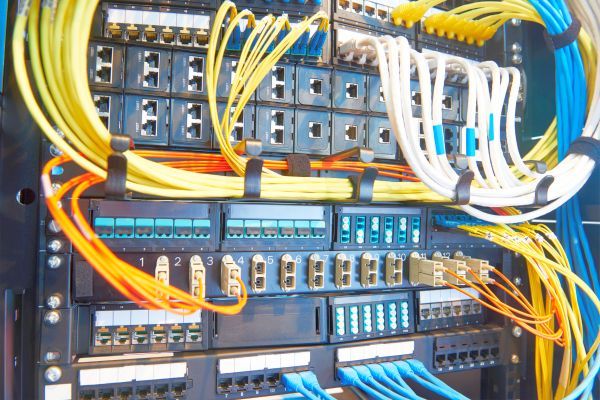Hi all,
I'm Mike and I'm new to omv.
I've have a Synology DS107 that is disconnected for some years now and since then I store all our family photo's on 1 external drive and run a sync program to another external drive.
But...... 3 weeks ago the drive with the original photo's died on me and the last time I synced was about a year ago.
So....I have a Raspberry Pi 4 8GB laying in the shelve here doing nothing. And I would like to turn that into a NAS with 2x2TB external drives (both have the same files so they are a copy of each other (never know what RAID config that is)).
I'm guessing I need a powered USB hub in order to avoid the drive underpowered issue.
But my main question is: what drives should I buy??? HDD or SSD?
I don't want to pay to much because then I could buy a new Synology or a Qnap NAS.
Hope you have some good suggestions for me.
Thanks in advance.
Greetings from the Netherlands!
Mike

